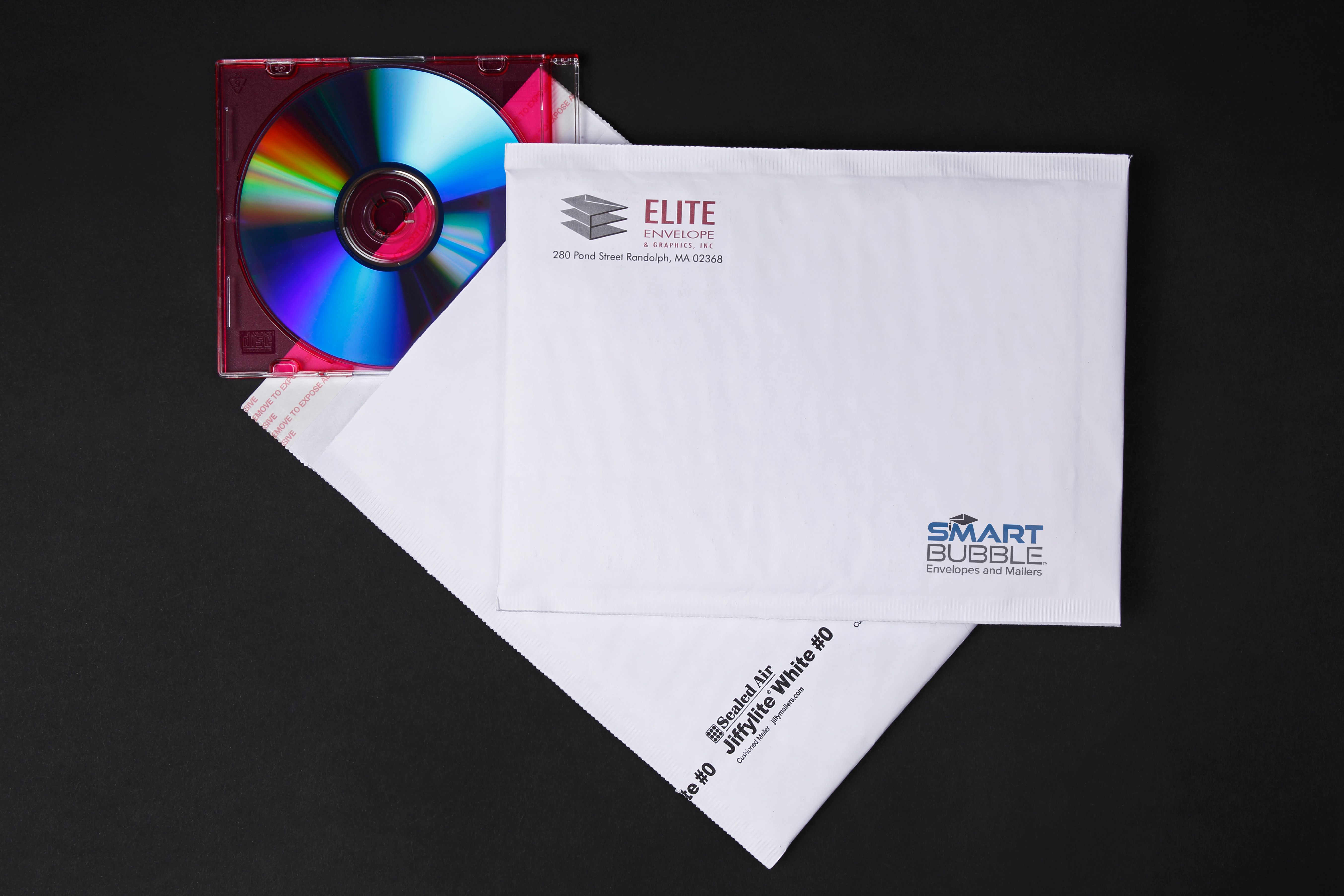
We all love the Post Office right? Well maybe not “all” – I don’t think you can get all people to agree on just about anything. But the United States Postal Service is a grand institution with a long and storied tradition in American history. These days the Post Office has hit a rough patch in that the amount of first class mail has diminished substantially requiring it to down-size a bit which is never an easy thing for any large organization to do; especially one as bureaucratic and union-driven as our beloved PO.
For decades the Postal Service has been incorporating technology to improve the mail and parcel delivery. On the parcel side, they have faced stiff competition from UPS and FedEx among others. That’s all to the good and has helped them whether they want to admit or not. On the first class mail side, the postal monopoly inhibits the type of innovation which might help to accomplish some of what I’ve alluded to previously. We may see a time when Congress decides to open up the first class mail delivery to bid from private companies. It seems inconceivable but then so did the fall of the Berlin Wall!
But in the meantime, the PO has tried to accommodate mailers and has adjusted its rates to account for the higher costs of certain mail pieces. One of the significant changes over the past several years is the different rates for regular letter sizes versus “flats” which are larger than the typical envelope. Also as part of this change, the thickness of the piece is now taken into account when calculating rates.
Letter size envelopes are the least expensive way to mail. The maximum dimensions of what’s considered “Letter Size” is 6-1/8 x 11 ½. The minimum size is 3 ½ x 5 inches. The maximum allowable thickness of the letter size piece is ¼”. You can obtain a hard plastic template from your local post office which is very convenient for getting exact measurements if you’re unsure. I have one and I use it all the time.
Which leads me (finally!) to the point of this exercise; the mailing of CDs. I’m a musician/songwriter in my other professional life and I recently released a new album for which I had 300 CDs made. I’ve been sending individual discs out to radio stations and at first I was using CD size padded envelopes which are great but are A.) Expensive and B.) Not considered letter size which makes the postage rate much higher. I thought of mailing in a regular envelope but was concerned about the durability of the paper. I had recently made some #12 envelopes in a 65# cover weight for mailing a small brochure that had a spiral binding and they worked quite well.
The typical size of a CD is 5 x 5 ½ inches. An A-7 envelope measure 5 ¼ x 7 ¼ inches and has a nice, deep flap which helps secure the item enclosed especially if it’s thick. The thickness of my particular disc package is 3/16” so when enclosed in an A-7 envelope with 65# cover stock it measures exactly ¼”. All of that is within the allowable dimensions for letter size postage. I saved well over $1.00 per envelope in postage alone not to mention the cost of the padded envelope versus a paper item.
Now, I am a part-owner of an envelope company and can make my own envelopes which admittedly gives me a bit of an advantage over the average consumer. But a job of the size and scope that I described (I had 500 made) would be around $400. If you look at the savings per envelope versus a padded mailer with the attendant higher postage cost, it’s actually a better deal. Plus they are smaller, easier to store and handle and look nicer.
I’ve been randomly asking people I mailed CDs to on the West Coast how the package looked when it arrived and everyone said it looked fine. I’ve even sent some to Europe with no problems. You could most likely get by with something lighter than the cover weight stock – like 100# text weight for instance – which might be more available or a little less expensive.
Knowing the rules of the road from the Post Office can help save you some money. Having an envelope converter and envelope printer at your disposal is also a good thing. Let us know if there’s anything we can do to help.
